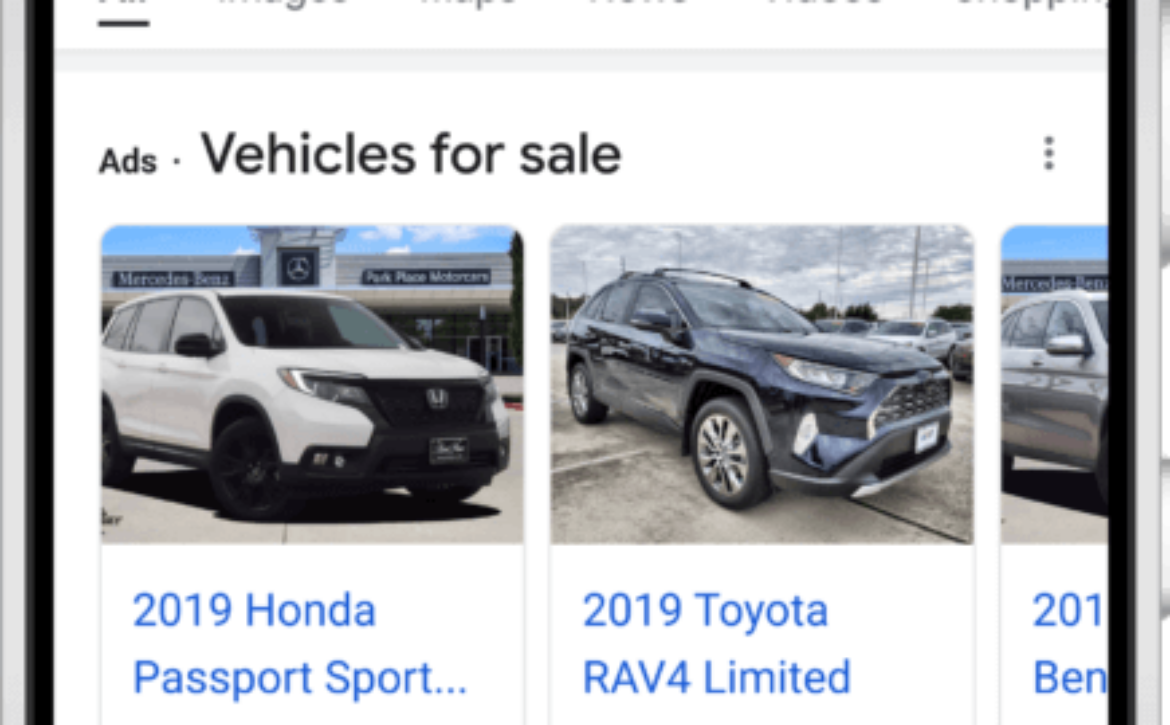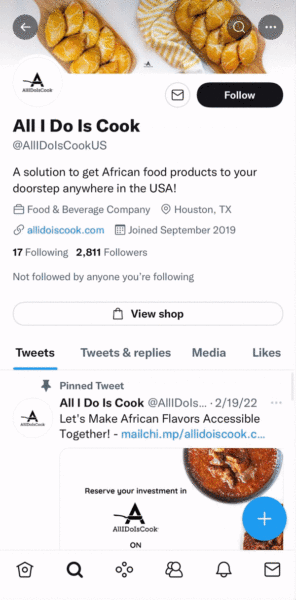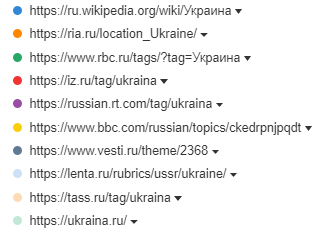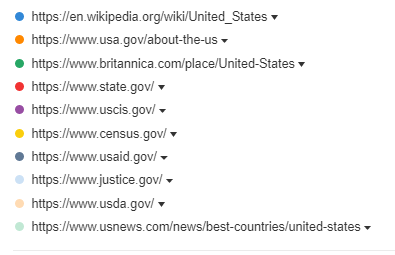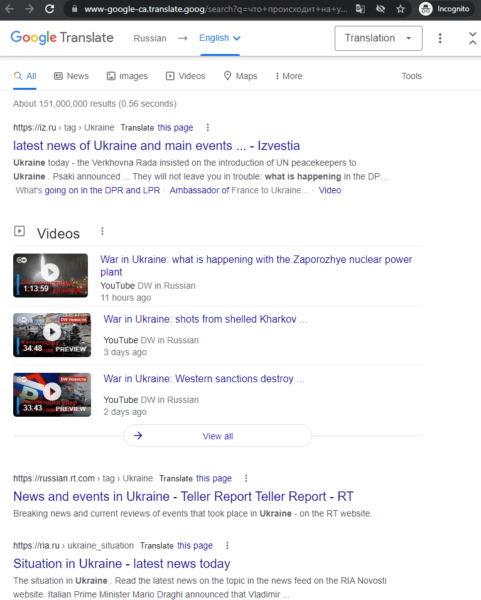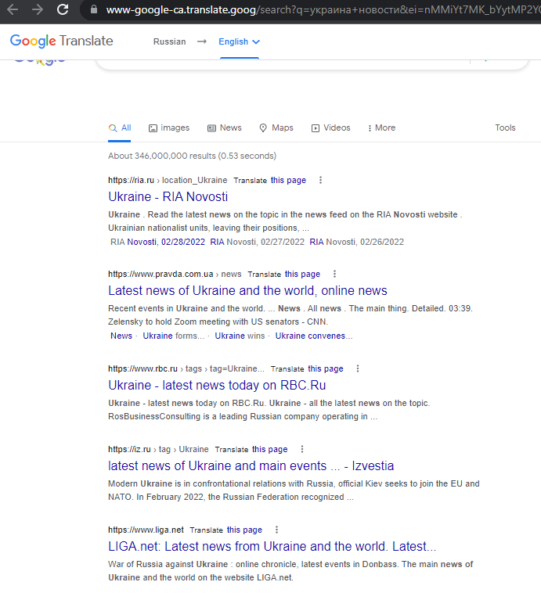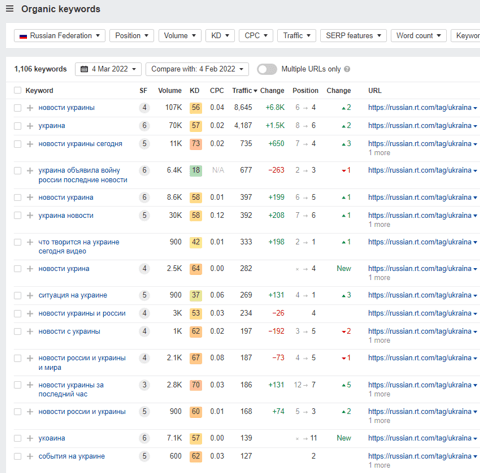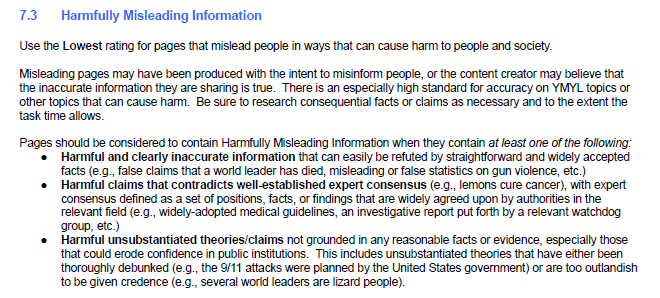8 SEO costs that impact your ROI
One of the most common questions about SEO is “how much does SEO cost?” And to be honest, it can be tough to answer.
So many variables go into SEO costs. Some are obvious, while some are not. With SEO, it comes down to getting what you pay for, like most things in life.
SEO is an investment but one that’s sure to pay off in the long run – if you invest correctly.
The two largest (and obvious) SEO expenses
The two main factors contributing to SEO cost are the people (in-house and/or the agency you hire to help you) and the SEO software and tools you invest in. This will be where the bulk of your cost comes from.
Let’s break them down.
1. SEO specialists
There are pros and cons to hiring someone to manage your SEO in-house vs. hiring an agency with an SEO team to assist you in optimizing your website. I won’t go too far down that rabbit hole. Just remember that you get what you pay for, regardless of what you choose to do.
The more knowledge and experience a person or team of people have, the more their services will cost. While that may sound like an obvious statement, paying for someone’s expertise is often overlooked and undervalued.
SEO involves a lot of strategy. No one size fits all formula can magically make a website rank better and increase conversions. An SEO specialist or team must adapt and adjust its strategy to account for unforeseen challenges.
For example, when Google releases a core algorithm change, it can tank a client’s rankings on SERPs, negatively affecting their SEO. When this happens, it’s up to the SEO specialist to adjust their strategy to account for the ranking signals Google is currently prioritizing.
2. SEO software and tools
The other significant cost associated with SEO is the software and tools you need to do your job.
There is no shortage of SEO tools available, both free and paid. They all market themselves similarly and claim to make optimization easier. But again, you get what you pay for.
Free tools are great for a small business that is just dipping its toes into optimizing its website, but they don’t give you all the information you need to do a thorough job. Furthermore, they may not be meant for SEO at all.
A prime example is Google Ads Keyword Planner. While it’s a great tool for paid search marketing efforts, it isn’t meant for SEO. The keywords used for PPC are sometimes different from those used for SEO.
A common mistake many people make is paying for lots of SEO tools or software licenses that essentially do the same things.
Again, without going down a rabbit trail since these are the obvious expenses, an example here of the tools you need are for auditing, research and crawling. You might find those all in one suite or use separate applications to meet your needs.
Other (less obvious) SEO expenses
3. IT and web development
Rarely, if ever, does a site come to an SEO team error-free. Therefore, the first thing most SEO professionals will do is run a technical audit on your website and fix the errors they discover. They do this because they know their on-page, content, and off-page SEO efforts would be wasted on a website with many technical issues that would ultimately keep the site from being indexed or ranking well.
Technical errors range in complexity; therefore, the time, effort and cost to fix them also vary, but they often require the assistance of an IT person or a web developer. So, that often adds to the cost (whether internal or external) you’ll wind up paying.
4. Content creation
Another unforeseen cost is the amount you may have to pay for quality content creation.
Having high-quality content is an important piece in an SEO strategy. After all, you have to have something to optimize, right?
If you aren’t creating high-quality content, you aren’t going to rank or get much organic visibility. Google and other search engines prioritize providing their users with the most up-to-date, reliable, and relevant content possible. So producing content that speaks to your expertise is essential for ranking well.
Good copy for a website ranges in cost depending on the ask and the individual or team tasked with producing it. But it’s an expense you should prioritize in your SEO budget.
5. Visual content
Another expense that needs to be factored into your SEO costs, especially if you’re doing SEO in-house, is visual content. You’ll need to use a subscription service or invest in original imagery from a photographer.
There are “free” options available for sourcing photos. But I don’t advise using them. It’s common to get cease and desist letters from lawyers telling you that you violated copyright laws by using these “free” images – or even worse, demanding you pay thousands of dollars in damages.
Therefore, the best practice is to subscribe to a stock image service (e.g., Shutterstock, Bigstock), or hire a professional photographer to take photos for your website. Costs for this range but add to your budget nonetheless.
6. User experience
Improving your website’s user experience (UX) is often necessary when working on your SEO. If your end goal is conversion, you may get deeper optimization of what happens for users after they land on the site and click through.
UX involves making your website a pleasant experience for the user and helping them complete their goals efficiently. Tasks associated with UX often include improving the site speed and navigation, making the page mobile-friendly, compressing photo and video files, and more.
But as with everything else, dipping into conversion rate optimization, which often includes UX work, comes with a price.
7. Local SEO
Local SEO efforts specifically can have hidden costs associated with many outlined, including the need for UX, copy and visual content.
Beyond that, it specifically has needs like data feed service subscriptions (to scale what used to be manual work) and any map pack advertising in Google Ads (or others) to supplement visibility.
It can often feel like local search can be done quickly and on a budget. In a lot of cases, for small businesses, it can. Beware, though, that the more competitive industry or more complex the business model you have, the more it will take in tools, content and time.
8. Additional tools
You may need some extra tools to test things like:
- User interaction.
- Searching for and monitoring potential plagiarism.
- Heatmapping of your website.
These tools come with a price and aren’t necessarily something you’ll need to budget for right away, but you may find them useful later.
What you can do to prevent unforeseen expenditures during an SEO campaign
Fair warning. These can be pricey. A comprehensive site audit can cost as much as 3-4 months of SEO services.
A comprehensive site audit focuses on three key components:
- Technical factors
- On-page SEO
- Off-page SEO or external factors
I realize that the prospect of doing an expensive site audit before you do any actual SEO work may sound crazy, especially if you’re operating on a tight budget. But the benefit of running a comprehensive site audit is that you will know ahead of time what issues you may run into when optimizing your website. This allows you to budget for these fixes now, so you’re not surprised when they arise later.
Knowing where things stand across the spectrum of search variables and needs can uncover what would be a hidden cost that you should factor into the true, full cost of SEO for your organization.
Conclusion
SEO is a big investment. But it’s sure to pay off well in the long run. Understanding the obvious and hidden costs will help you prepare your budget and measure your ROI from SEO.
The post 8 SEO costs that impact your ROI appeared first on Search Engine Land.



 Awarded by PROGRESS in Lending, earning this honor was based on innovation’s overall impact on the mortgage industry including its significance, originality, and overall positive influence as well as the intangible efficiencies –such as cost and time-saving –achieved as a result of the innovation.
Awarded by PROGRESS in Lending, earning this honor was based on innovation’s overall impact on the mortgage industry including its significance, originality, and overall positive influence as well as the intangible efficiencies –such as cost and time-saving –achieved as a result of the innovation.